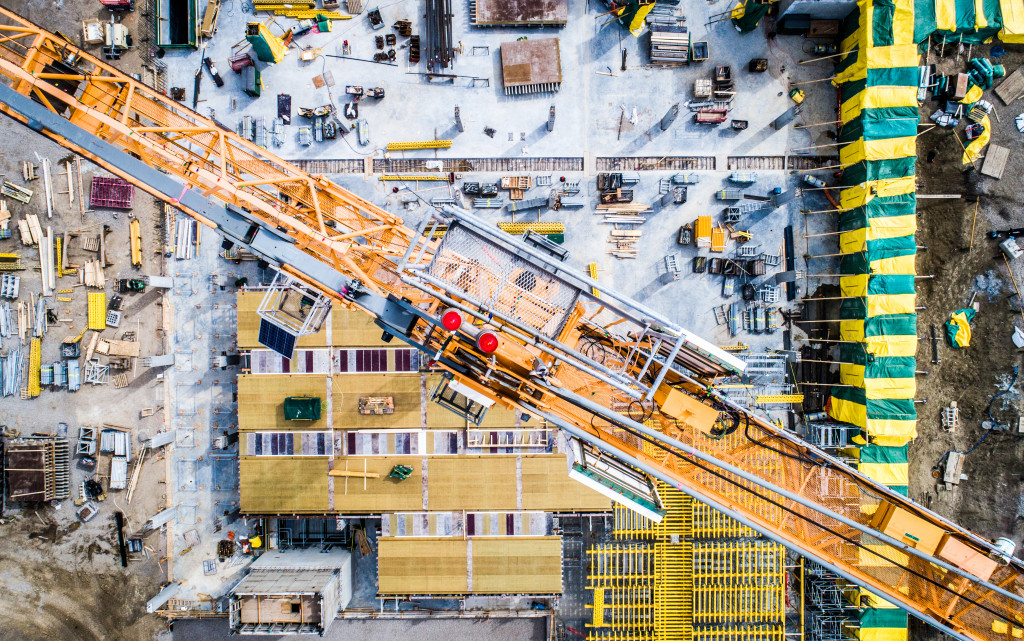It was an industry once thought of as seeing no end or slowing down in sight because of humanity’s continuous population and pursuit of progress. The world of construction is one of the most significantly impacted sectors because of the COVID-19 pandemic that has swept the world as a whole. As society hit a standstill and people’s priorities have drastically shifted, there has been a marked slowdown in construction and demand.
Globally, the market has already seen expected contraction, with some Asian regions seeing decade lows and even more recession expected in the coming months. That said, a revival is still likely to happen after 2020, and some experts note that construction may even be the avenue that leads the charge to recovery for all sectors, despite taking its own hits. That begs the question, though — how can it recover and what steps need to be done to achieve that? Here are some routes that need to be pursued.
Kickstarting infrastructures to stimulate the economy
Much of the construction industry saw projects grinding to a halt. Hence, much of the progress is pushed back this year. One of the main things that the industry should focus on is getting rid of that backlog. It should also complete projects that have already seen enough progress down the pipeline. Even projects that have only broken ground but haven’t seen the brunt of work can be enough to start jolting the local economy back to life. Not only will these projects create jobs, but they also engage resources sourced from within the vicinity and create engagement with other establishments that contribute to the local output.
Economic stimulation is a crucial process of recovery for society as a whole. If construction charges in as the leader, it not only carries other sectors with it but stimulates itself in turn. One must think of it like watering plants to allow them to bear fruit that you also get to make use of in the future. For instance, the return of construction will largely boost the need for hydraulic hose franchises to be active again. In turn, their services will prove as markedly useful resources for the industry as it gets back on its legs.
Prioritizing green building
Much of the bulk of activity will have to rely on substantial investments, as manufacturing and retail will be seeing inevitable hits that are quite significant. When considering the costs and profitability, the best route is to go for green building options. These are not only more attractive because of the case for sustainability, but they also end up minimizing a lot of expenses for operations and capital. On top of that, green building also utilizes an approach that is more sustainable in management, lowering emissions and risks while still providing the necessary end product.
With an active focus on sustainability, this becomes a more affordable endeavor for construction leaders and the market that will likely also reel from the financial effects of COVID-19. That should ease some of the birthing pains that will come with jolting everything back into action while dealing with the aftermath of new restrictions, guidelines, and deficits.
Leaning into smaller projects for market growth

While major endeavors still shouldn’t be abandoned, much of the industry can see some more movement and immediacy with smaller projects balanced with large ones. These can cover many sectors and help invigorate both the residential and commercial districts with different infrastructures that contribute to healthcare, waste, and the like. As communities continue to need stimulation, these will be some of the most relevant contributions from the construction industry that would need to be fast-tracked.
Leaning into these arguably smaller projects will help the industry bounce back in a more manageable fashion that sees results sooner. It’s essentially putting more eggs in different baskets that fall under a bigger umbrella. Though these will still be laborious, the relief and structure will be more timely after the government implements its reactive measures. It can be an excellent case for getting things back and on the roll as both the private and public sectors call for avenues of resurgence and normalcy.
There is much work to be done, and losses are unavoidable at this point, but recovery is still charted to be on the future for construction, and experts still expect a bounce-back that can be more felt as we monitor how the market looks from 2021 to 2022. With a solid mix of short-term and long-term solutions, the industry should see an effective resurgence in productivity as well as activity within the workforce to meet with demands that will still stand after the coronavirus pandemic finally slows down. Even though there is still much left unknown, the prognosis is not necessarily harmful as strategies can already be put into place to get things back on the move.



